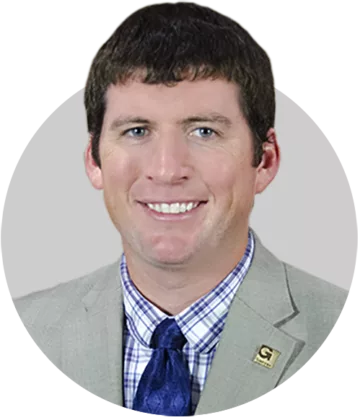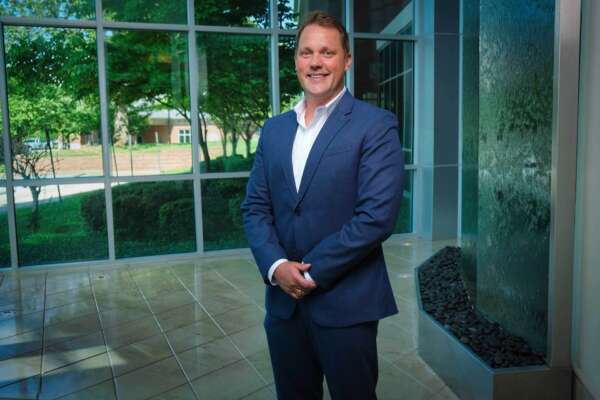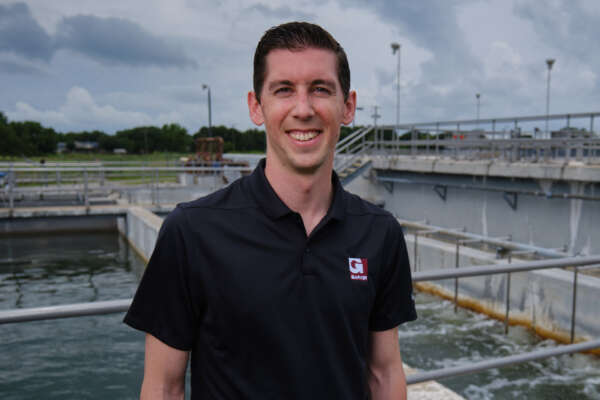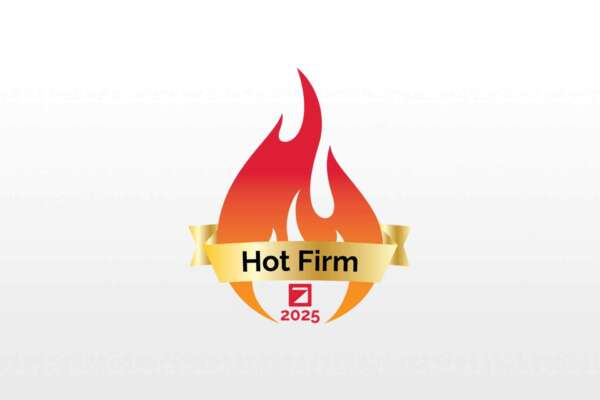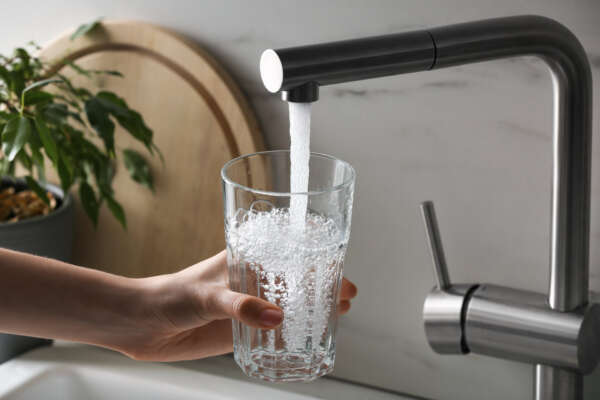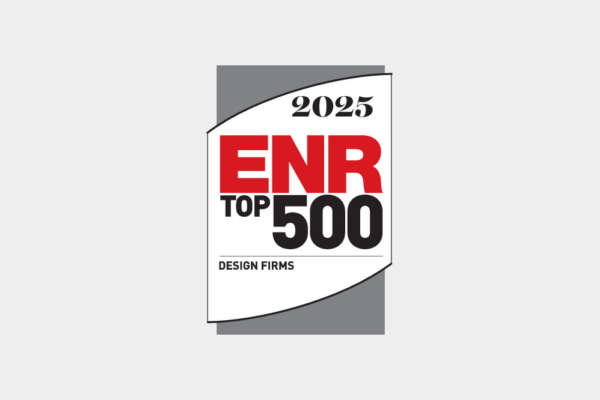KWEA/KsAWWA Joint Conference
Topeka, Kansas | Aug. 30 - Sep. 01
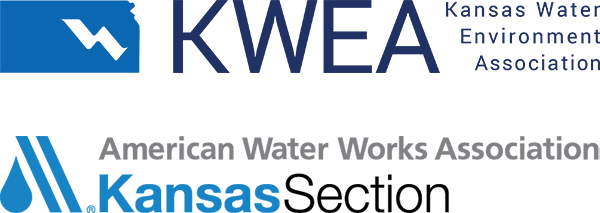
Make plans to attend the 13th joint conference of these two long-standing environmental organizations: the Kansas Water Environment Association and the Kansas Section of the American Water Works Association.
With a greater diversity of technical sessions presenting the latest topics in water and wastewater as well as an expanded exhibition of the newest equipment in the industry, this conference promises to provide you with all that you need to know to stay abreast of the industry.
Technical Presentations

4:15-5 p.m.
Relating Reservoir Water Quality With Tailoring Treatment to Maintain High Quality Treated Water
Cyanobacteria flourishes in nutrient-rich source waters in warm seasons with lots of sunlight. In their growth cycle, these bacteria release taste and odor compounds that are a nuisance issue for water treatment professionals; however, some species could release harmful cyanotoxins. These releases quickly proceed to peak levels leaving the water treatment professionals at a loss unless they are fully prepared based on the existence of frequent monitoring of the source water. This presentation will draw from a current project to discuss correlations between water quality monitoring and treatment adjustments to maintain high quality finished water.
Speakers: Water Practice Leader Zaid Chowdhury, Ph.D., PE, BCEE

8:30-9:15 a.m.
Achieving Aeration Energy Efficiency
This presentation will focus on the importance of aeration control to overall energy efficiency at a WWTP, the approaches that can be used to decrease process aeration requirements, and the challenges to implementing efficient aeration practices.
Speakers: Wastewater Practice Leader Sean Scuras, Ph.D., PE, BCEE
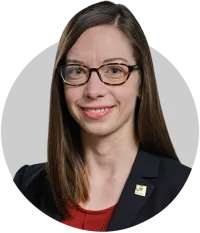
9:15-10 a.m.
How to Improve Water Quality from Outside the Treatment Plant
This presentation discusses opportunities to improve water quality outside the WTP, with a focus on water quality issues that impact water systems in Kansas and that are at the heart of new and upcoming regulations, e.g., algae- and cyanobacteria-derived taste and odor, disinfection byproducts, and lead and copper release.
Speakers: Distribution System Water Quality Practice Leader Ashley Pifer, Ph.D., PE
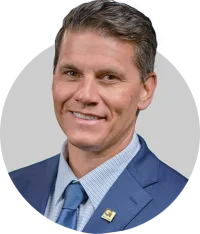
10:30-11:15 a.m.
Wire-to-Water What? How to Use Wire-to-Water Efficiency to Improve Asset Management
This presentation will cover the basics integrating energy management (EM) into asset management (AM), how to deploy wire-to-water and wire-to-air testing, interpreting the results, example EEMs, determining energy and operational cost savings, integrating electric utility Demand Side Rebate (DSM) program rebate incentives into EM/AM to help improve business case replacement, and more.
Speakers: Water and Energy Practice Leader Eric Dole, PE, PSAP

10:30-11:15 a.m.
CIPP Lining Technical Design and Installation Considerations
A technical overview of the Cured In Place Pipe (CIPP) lining process, the most common trenchless method for the rehabilitation of gravity sewer pipelines is presented. Project planning, specification considerations, industry standards, and recommended QA/QC procedures will be discussed. CIPP liner design and materials selection will be focal points of this presentation, as well as different curing methods, both thermal and UV light-based, as well as the types of CIPP liners and resins that are available will be covered
Speakers: Infrastructure Practice Leader Jeff Maier, PE
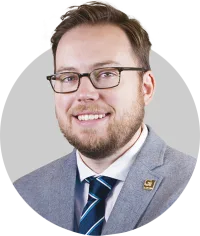
11:15 a.m.-Noon
Developing a Municipal Potable Reuse Program Under Oklahoma's New IPR Regulations
This presentation will provide an update on the indirect potable reuse (IPR) project in Norman, Oklahoma that is currently ongoing. The pilot is comparing aerobic granular sludge (AGS) and the modified University of Cape Town (mUCT) processes side-by-side at the Norman Water Reclamation Facility (WRF). The Biological Nutrient Removal (BNR) reactors are being piloted to evaluate both nitrogen and phosphorus removal, aerobic biomass granulation/densification, and simultaneous nitrification/denitrification all within the context of indirect potable reuse.
Speakers: Water Reuse Practice Leader Michael Watts, Ph.D., PE

1:30-2:15 p.m.
Advanced Pipeline Condition Assessment Technologies for Wastewater Systems
Effective pipeline inspection strategies play a vital role in a municipality’s asset management program. Most gravity pipe condition assessment work is currently performed using CCTV methods, which provides a basic, non-quantitative visual impression of overall pipeline condition that is both low cost and readily available. Advanced multi-sensor robotic pipeline inspection systems that can include laser profiling, 3D-LIDAR, SONAR, pipe penetrating radar and other technologies are now available to provide highly accurate and quantifiable inspection data, supporting better asset management strategies, improved risk prioritization, and more effective budgeting for infrastructure improvements.
Speakers: Infrastructure Practice Leader Jeff Maier, PE

2:15-3 p.m.
Planning for Arsenic Treatment System
Beyond the initial phase of many water systems installing arsenic treatment systems to comply with the new standard in the early 2000s, many water systems are finding themselves in need for installing new treatment systems either because they are considering a new source or their existing source is showing increasing levels of arsenic. This presentation will discuss a systematic approach towards planning for a new arsenic treatment system and also provide case studies of actual applications.
Speakers: Water Practice Leader Zaid Chowdhury, Ph.D., PE, BCEE

3:30-4:15 p.m.
Developing Disinfection Byproduct Control Strategies and Preparing for Future Regulations
This presentation will discuss development of system-specific DBP control strategies and provide examples from large and small water systems, with and without their own treatment facilities. The presentation will also discuss likely impacts of the EPA’s upcoming revisions to the MDBP regulations on Kansas water systems.
Speaker: Distribution System Water Quality Practice Leader Ashley Pifer, Ph.D., PE

9:15-10 a.m.
History and Use of WTP Model for DBP Rule Making
USEPA is currently in the process of developing revisions to the M/DBP Rules. This presentation will discuss the regulatory process, drivers for and expected components of the revisions, and a modeling tool that can help with regulatory compliance.
Speakers: Distribution System Water Quality Practice Leader Ashley Pifer, Ph.D., PE

10:30-11:15 a.m.
BNR to Achieve Very Low Effluent Nitrogen
To reach very low effluent N levels requires attention to all of the N species: ammonia, nitrate, nitrite, particulate organic N, and dissolved organic N (DON). Adequate safety factor is important to providing consistent complete nitrification. Anoxic zones with sufficient range of control on nitrified recycle flow rate are key to decreasing nitrite + nitrate (NOx) but have a practical limit. Swing zones that can be either aerated or unaerated are useful to quickly increase nitrification when necessary but otherwise improve NOx removal. A second stage process may be required if influent N is unusually high or the effluent N limit is very low. Finally, the N contained in the effluent TSS and the recalcitrant DON must be considered carefully. The design and recent startup of a process achieving TIN < 2 mg/L will be used as an example.
Speakers: Wastewater Practice Leader Sean Scuras, Ph.D., PE, BCEE
